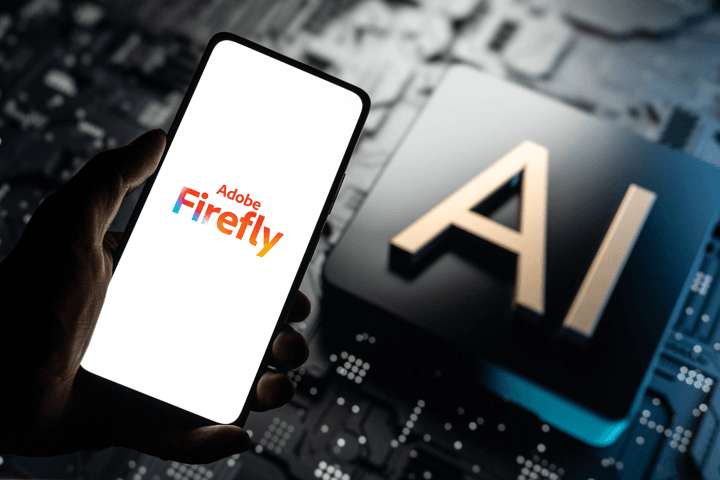In 2025, the world of graphic design is undergoing an unprecedented transformation, driven by advances in artificial intelligence and new tools developed by giants like Adobe. The creation of logos, visual identities, and graphic content no longer depends solely on the designer's manual skill, but on their ability to work in conjunction with powerful artificual inteligence systems that amplify creativity and optimize processes.
One of this year's most anticipated releases has been Adobe Firefly 3, the latest version of Adobe's generative artificial intelligence engine. Fully integrated into programs like Photoshop and Illustrator, Firefly 3 allows users to generate everything from logos to entire graphic pieces from simple natural language descriptions. This means a designer can type "minimalistic leaf-shaped logo for an eco-friendly brand" and receive multiple visual proposals in seconds, ready to edit or adjust.
Additionally, Firefly 3 introduces custom styling features, allowing users to train the AI with their own portfolio so that future creations maintain a consistent aesthetic. This has opened up a new landscape for freelancers, branding agencies, and design studios, allowing them to respond more quickly to market demands without sacrificing quality.
Furthermore, the rise of AI-powered collaborative platforms is redefining the way teams work. Tools like Figma and Canva have incorporated AI-assisted rendering engines, which suggest layouts, color palettes, and graphic elements based on current trends and market analysis.
2025 marks a turning point for graphic design. Far from replacing the designer, artificial intelligence becomes a key ally that enhances creativity, reduces time, and democratizes access to professional design. In this new ecosystem, those who know how to integrate AI into their workflows will not only be more efficient but also more competitive in an increasingly demanding and fast-paced market.
